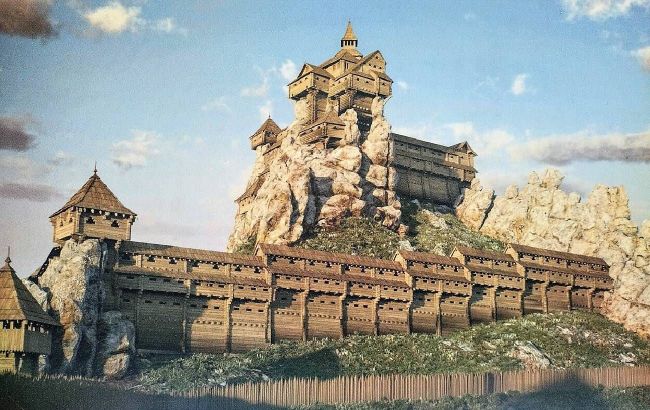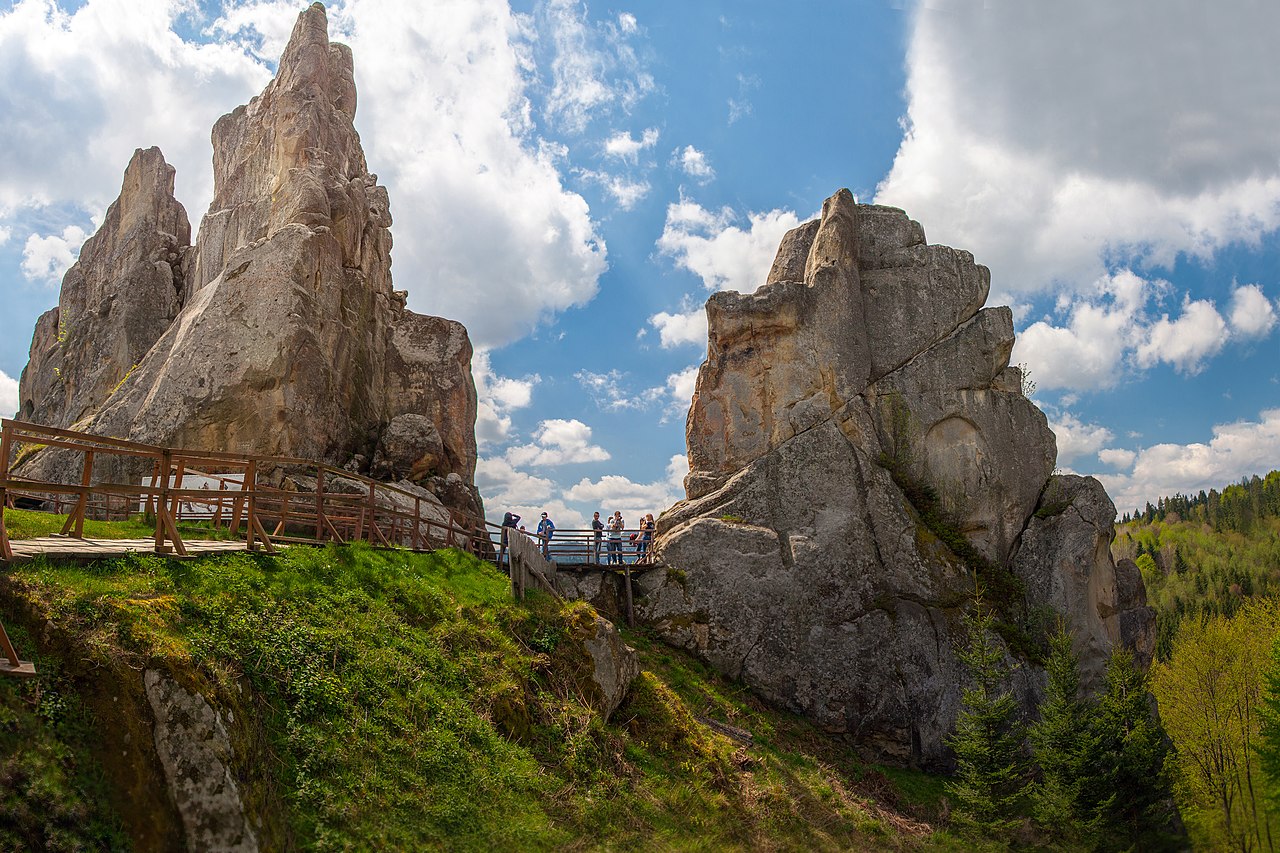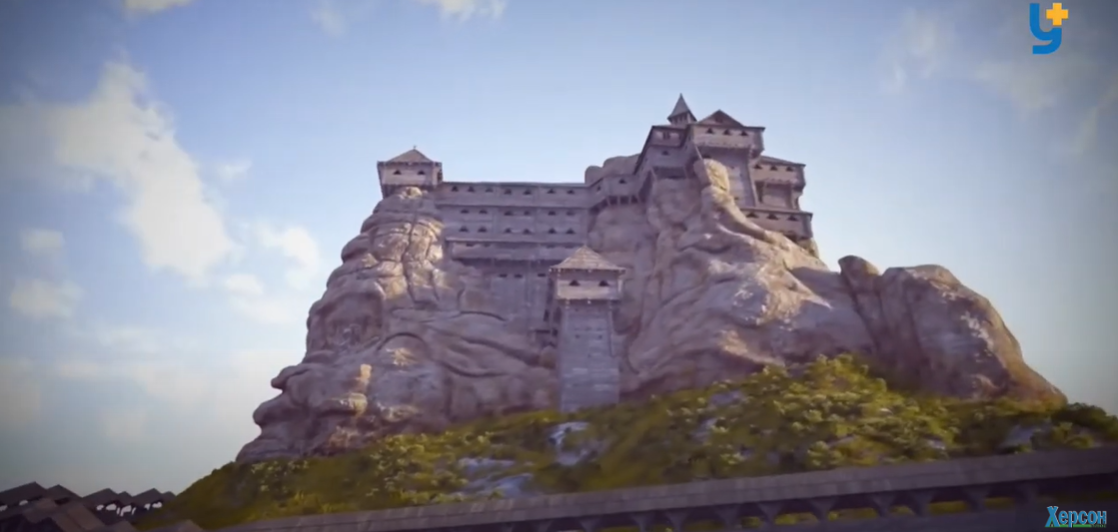Ghost Castle: Historian reveals Ukraine's most mysterious fortress
 Computer graphics The settlement of the chronicle city of Tustan (photo: Wikipedia)
Computer graphics The settlement of the chronicle city of Tustan (photo: Wikipedia)
There are many castles left on the territory of Ukraine, most of which have already been well-studied. One of the most mysterious is the medieval Tustan Fortress. It used to be a defensive castle and a customs office.
Historian Oleksandr Alfiorov tells what is known about the mysterious fortress.
What Tustan ghost castle looks like
"There is a ghost castle in Ukraine-that is, it exists and does not exist at the same time. In the Stryi district of Lviv region, there are seemingly ordinary rocks. But when local researchers began to study the special grooves for beams there, they suspected that something was inserted into these grooves-wood and some kind of logs," the historian says.
After this discovery, scientists began reconstruction. It turned out that wooden logs had once been inserted into these grooves to form the fortress.
"This fortress belonged to the medieval Ukrainian state of Rus and was one of the volost centers," adds Alfiorov.
Tustan Fortress
The Tustan fortress, a city and customs house of the XII-XVI centuries, the remains of an ancient Kyivan Rus rock defense complex, is an archaeological monument of national importance.
Tustan was a volost center (a lower-level administrative unit in Eastern Europe) and a customs point on the important salt route between Drohobych, Zakarpattia, and Western Europe. The earliest written references to Tustan date back to 1340, and the most recent to 1565.
The decline of the fortress was caused by several factors: Europe discovered its salt deposits, relations between Hungary and Poland improved, and military tactics changed, making it inappropriate to maintain a defensive castle.
In Tustan, scientists have discovered petroglyphs (rock images). They are located in the central and largest group, the Stone, and are in hard-to-reach places. The group of images that looked like circles, disks, or schematic rounded shapes was of the greatest interest. Such signs are called solar (solar).
_1.jpg) Tustan Fortress (photo: Wikipedia)
Tustan Fortress (photo: Wikipedia)
 Tustan Fortress (photo: Wikipedia)
Tustan Fortress (photo: Wikipedia)
However, some researchers believe that these images are of natural origin - these are reliefs of fossilized sea sponges that were formed during the weathering of rock.
However, there are also petroglyphs of man-made origin in Tustan, including an image of a wolf chasing a moose, a horse, and a rider. There is also a group of rock images consisting of eight figures: five axes, two crosses, and one swastika quadruped.
According to scientists, some of these petroglyphs could have been created in the XVIII-XX centuries, when travelers had already come to the rock.
In 2021, activists created a virtual augmented-reality program that shows what the fortress used to be like. To do this, you need to install a special mobile application, point your smartphone at any part of the rock, and an image will appear on the screen.
 Computer reconstruction of the fortress (screenshot from the video)
Computer reconstruction of the fortress (screenshot from the video)

